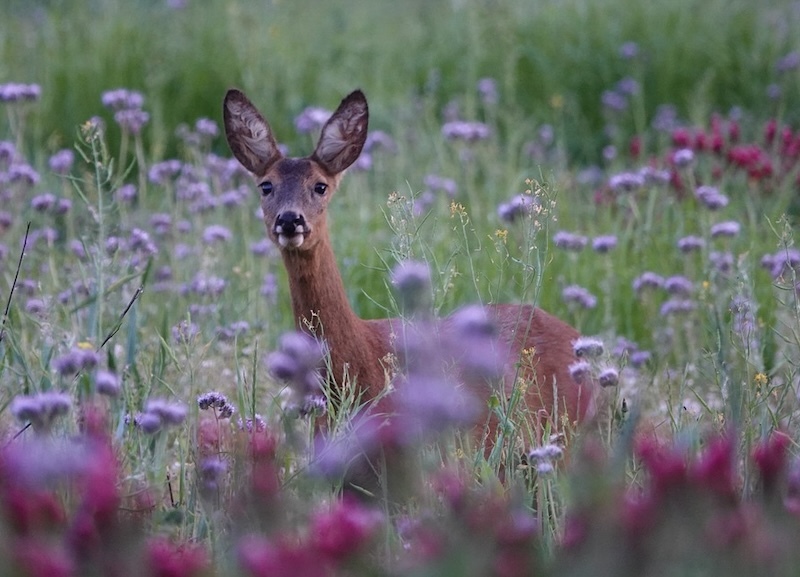Weigela is a perennial shrub in USDA zones 4 through 8. This beauty bursts into bloom in the spring and retains broad green foliage with slightly serrated edges until the fall. Weigela is known to attract pollinators like hummingbirds, bees, and butterflies during the warmer months. As a deciduous plant, Weigela drops its foliage during the winter when the plant is dormant. Since the plant naturally sheds its foliage during the winter, when deer are most likely to turn to landscape plants for food, animals like deer typically leave Weigela alone.
Weigela is not a favorite with deer, and it usually is only eaten as a desperate last resort. Typically, when this plant has foliage, other more favorable food sources are available, so animals in search of a meal tend to leave Weigela alone. According to Rutgers University, this plant is Seldom Severely Damaged on their rating scale from Rarely Damaged to Frequently Severely Damaged.
| Rarely Damaged |
| Seldom Severely Damaged |
| Occasionally Severely Damaged |
| Frequently Severely Damaged |
Keeping Deer Away From Weigela
Since Weigela is not a sought-after food source, it is generally not necessary to take steps to keep deer away. If the deer in your area are interested in this plant, a scent-based repellent is typically the best option. You can also try moving the plant to a more trafficked part of your yard, like close to a deck or near where pets are let outside. Deer may give up on trying to access the plant to avoid interactions with people and pets.

Will Weigela Come Back After Deer Eat Them?
If the entire plant is damaged, it may not come back, but Weigela should come back if deer only eat part of the plant. If deer eat or damage new growth, it may impact how prolifically the plant blooms the following spring, but as long as it is protected from additional damage, the plant will bloom in the future.
Sources: Rutgers New Jersey Agricultural Experiment Station ‘Landscape Plants Rated by Deer Resistance’ 2018
 |
Author Alison Cotsonas - Published 16-01-2022 |
